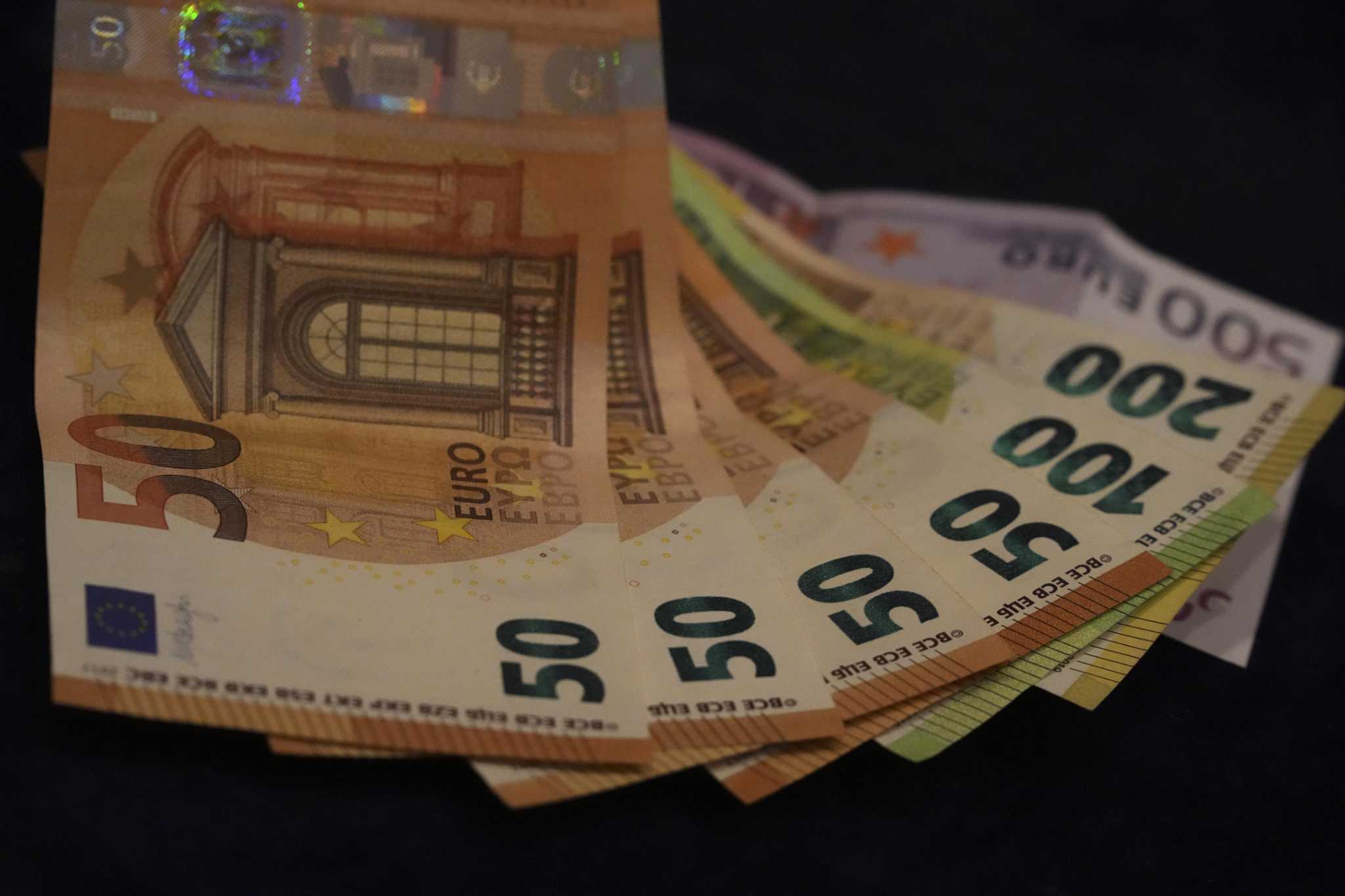Forex
Inflation in European Union: Producer prices in the euro area rose by 1.1% in June and by 1.3% in the EU

Inflation in the European Union: Euro-area producer prices (PPI) rose 1.1% in June 2022 compared to the previous month, when they rose by 0.5%, according to data from Eurostat. In annual terms, prices jumped 35.8% in the month before last month. In April, the increase in prices in annual terms was the highest in the history of calculating the index (37.2%).
In the EU, producer prices rose 1.3% the month before last, after rising 0.7% in May. In annual terms, prices rose by 36.1%.
Inflation in Europe by country
The biggest monthly increases in producer prices of industrial products were recorded in Ireland (13.2%), Lithuania (5.2%), Latvia, and Finland (4.0%). Decrease was observed in Greece (-3.2%) and Luxembourg (-2.2%).
Producer prices rose in annual terms in all EU countries. The largest increases in producer prices of industrial products were recorded in Romania (61.2%), Denmark (55.5%) and Lithuania (52.5%).

 Forex3 years ago
Forex3 years agoForex Today: the dollar is gaining strength amid gloomy sentiment at the start of the Fed’s week

 Forex3 years ago
Forex3 years agoUnbiased review of Pocket Option broker

 Forex3 years ago
Forex3 years agoDollar to pound sterling exchange rate today: Pound plummeted to its lowest since 1985

 Forex3 years ago
Forex3 years agoHow is the Australian dollar doing today?

 Cryptocurrency3 years ago
Cryptocurrency3 years agoWhat happened in the crypto market – current events today

 World3 years ago
World3 years agoWhy are modern video games an art form?

 Commodities3 years ago
Commodities3 years agoCopper continues to fall in price on expectations of lower demand in China

 Economy3 years ago
Economy3 years agoCrude oil tankers double in price due to EU anti-Russian sanctions































